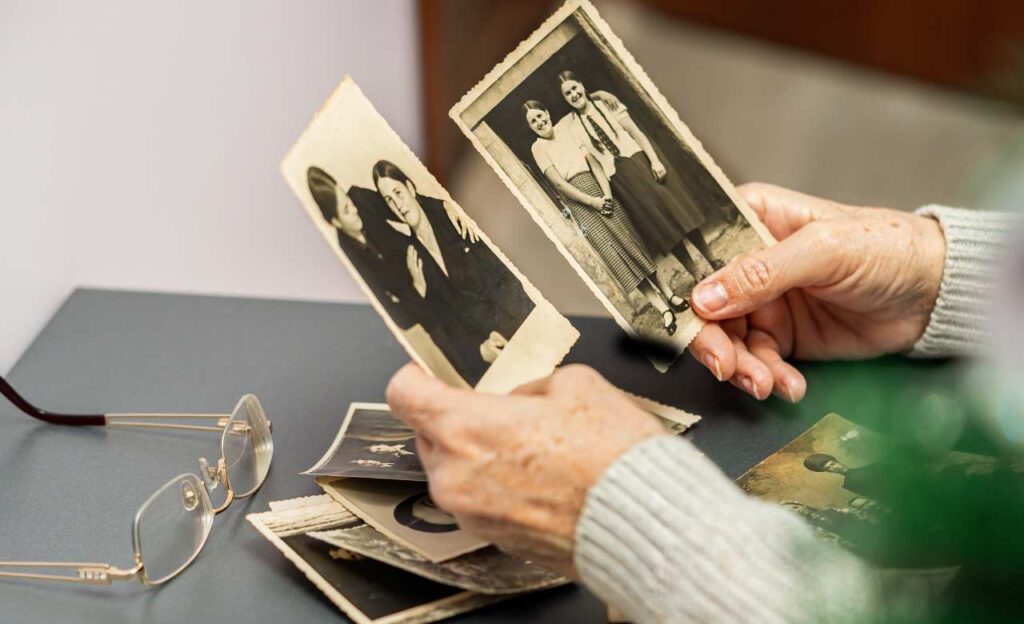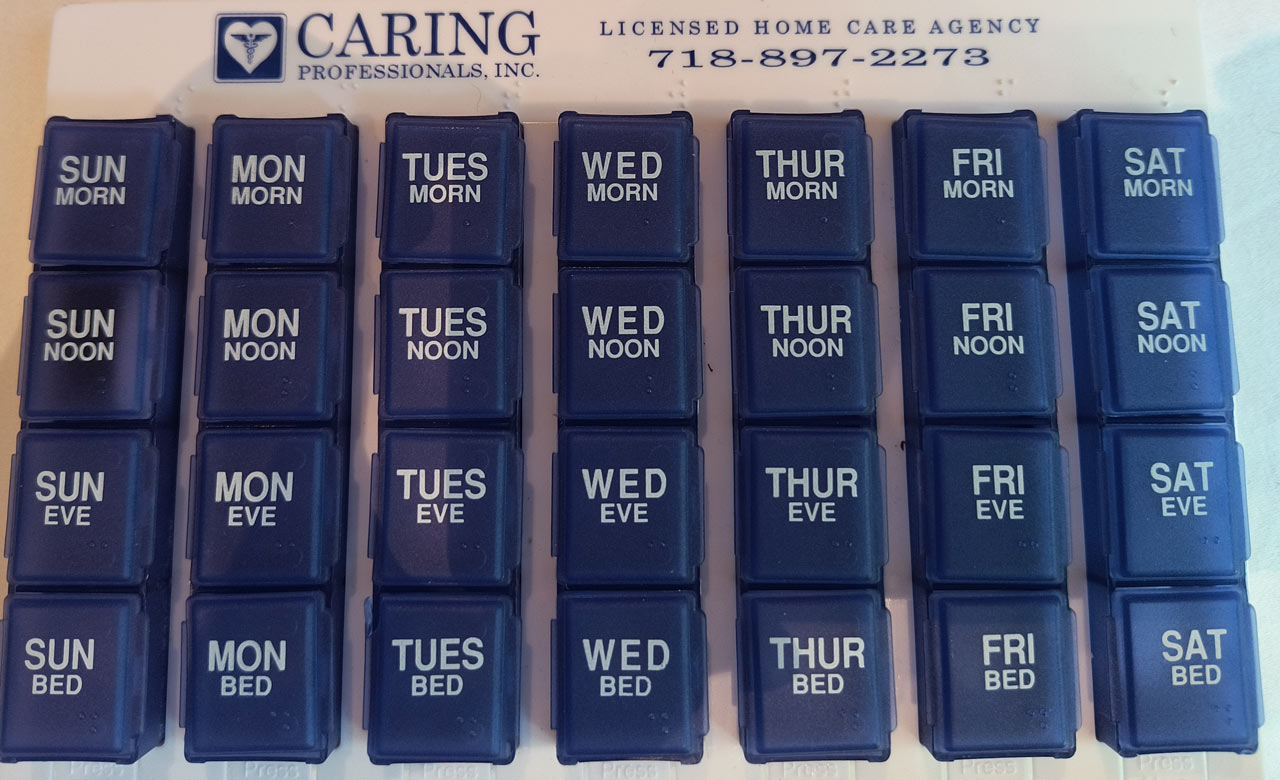This is an idea which makes a lot of sense. If your senior is bedbound, seeing photos of family, celebrations, and good times past will trigger positive memories. They will encourage your patient to talk about grandchildren, holidays, and get togethers with his home attendant and visitors. They will be asked about the occasion and the story behind the photo. He will relive the moment and can be encouraged to discuss what made the occasion special. Talking about other participants is another healthy tangent for the discussion. Recalling the others and the good times they had together will be pleasurable.

Reminiscing will cause your senior to smile more as he reflects with satisfaction on his accomplishments and legacy. Seniors who reminisce show lower blood pressure and heart rates.
This is why many families place digital frames within the range of vision of an infirm family member. They update the carousel regularly with snaps of grandchildren and great-grandchildren at holiday, travel, birthdays, graduations, seasonal, and day-to-day occasions and settings. That is pleasurable but it is a passive pleasure.

Interspersing the slideshow with photos of the person’s past and slowing it down significantly will allow the elderly patient more opportunities for enjoyment and conversation. Seeing familiar places and faces will prompt memories and stories in a non-stressful way without putting the focus on imperfect cognitive recall. Thus, using informal reminiscence therapy, improved communication will ensue and new neural pathways will form in the brain which will help with articulation. When a senior is at an advanced state of decline or illness, is uncommunicative, and lays in bed sleeping all the time, photos are important for a different reason. Caregivers do not get a response when they talk to them. Their empathy and connection need to be stimulated. Photos of the 97 year old woman when she was young and glamorous in the fifties will do that. The parts of the brain connected with empathy will be stimulated as the caregiver, aide, nurse, and family member views the youthful image of the patient before him. He will be seen as a real person, not an object to be serviced.
Similar articles from Caring Professionals Home Care Agency






